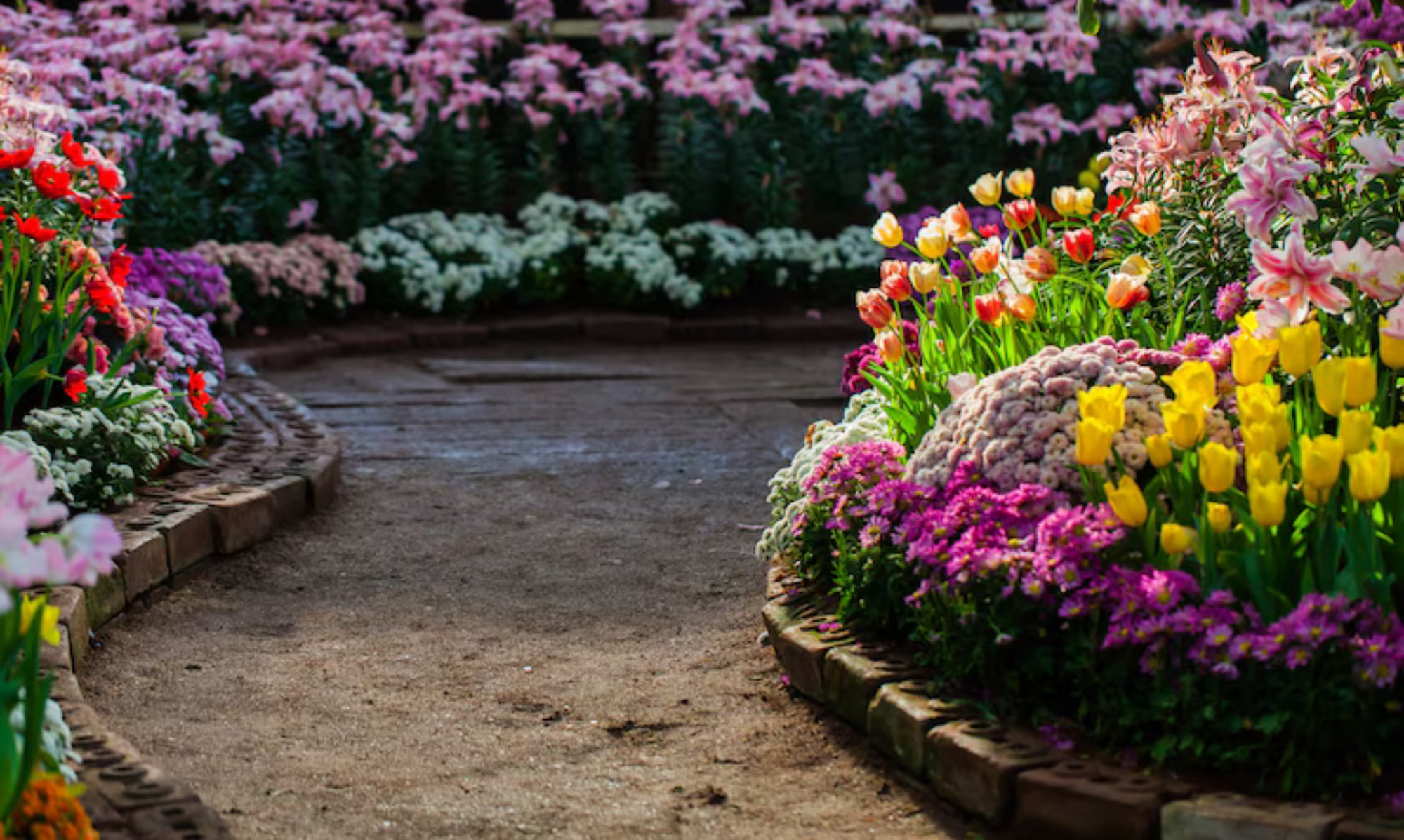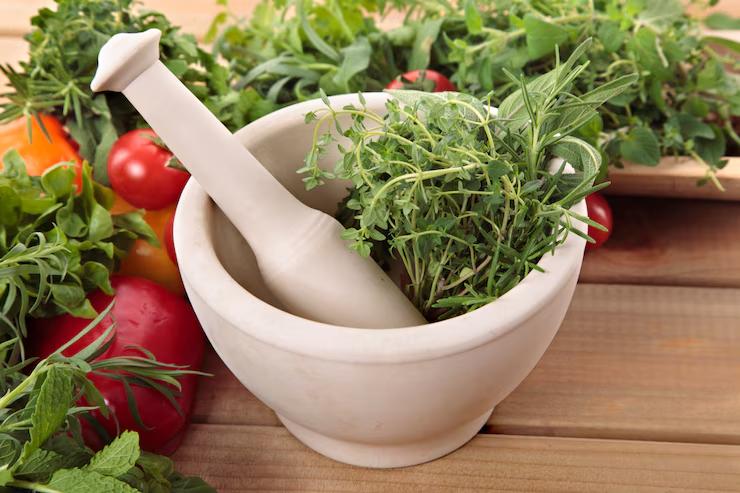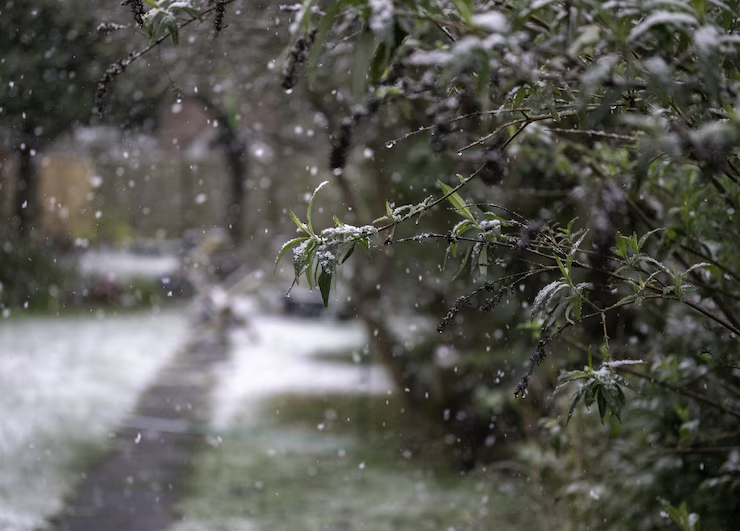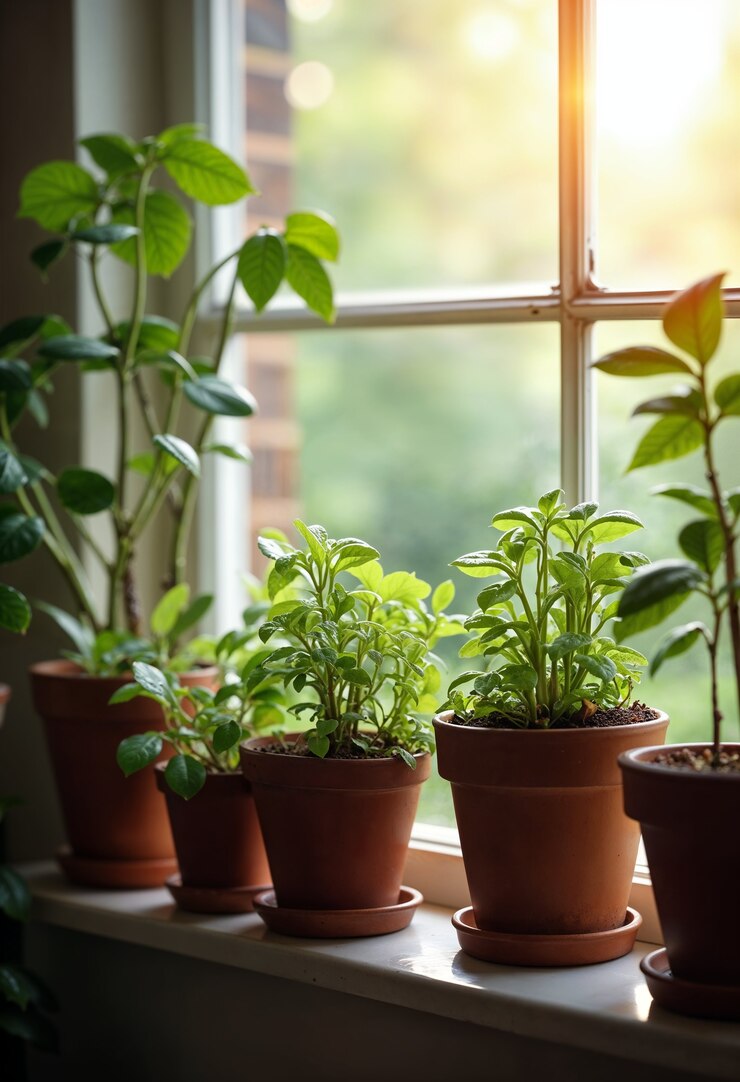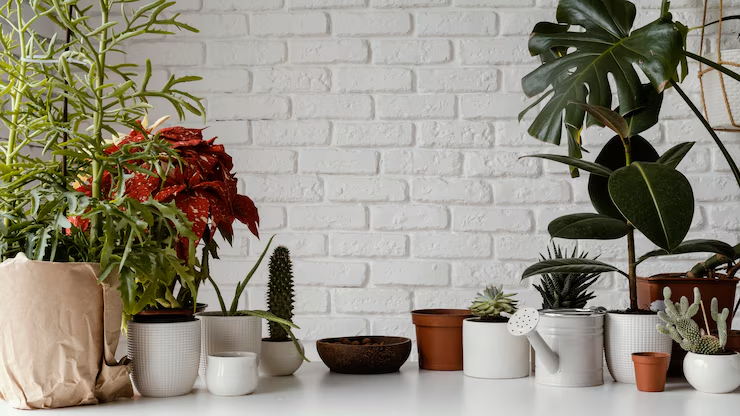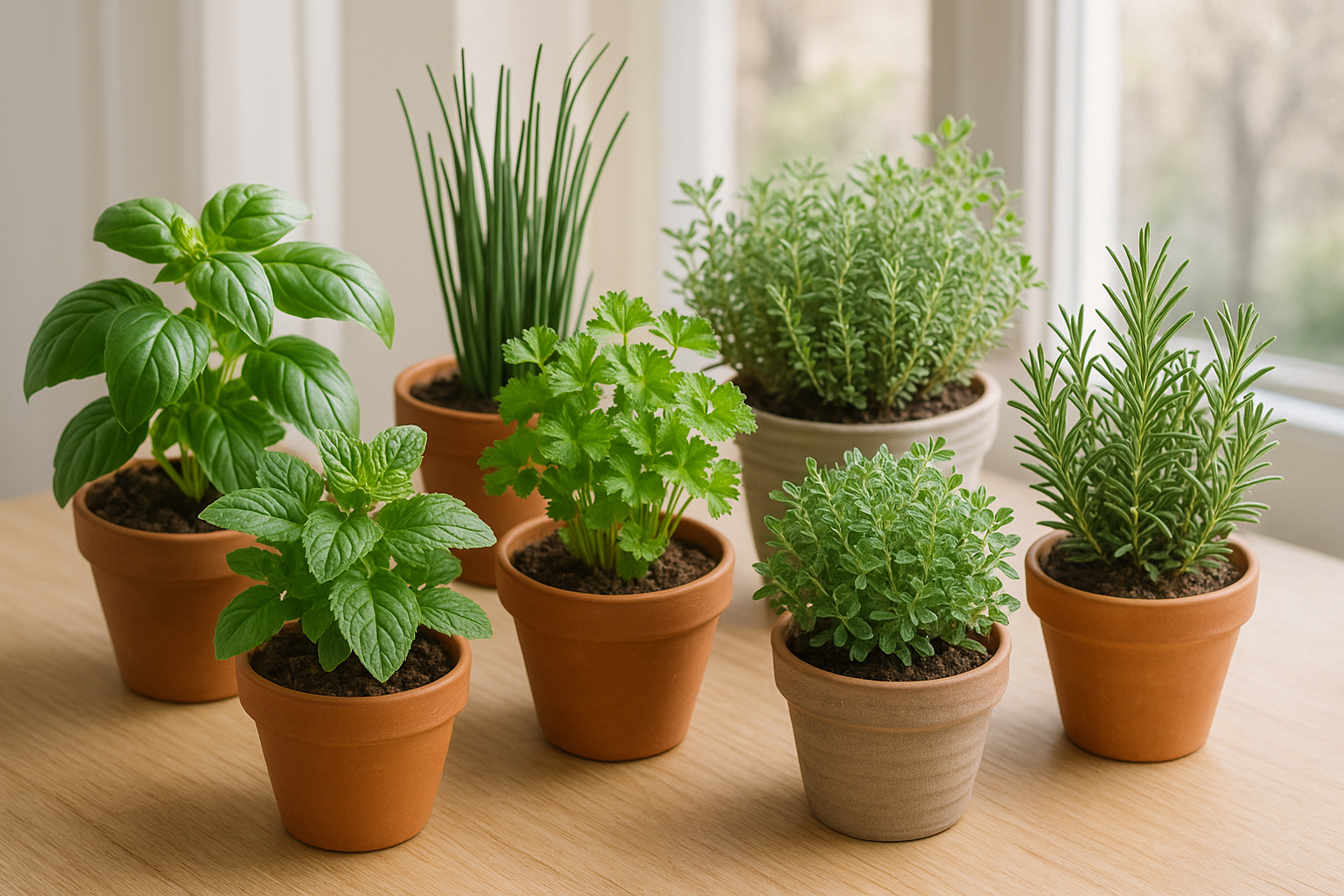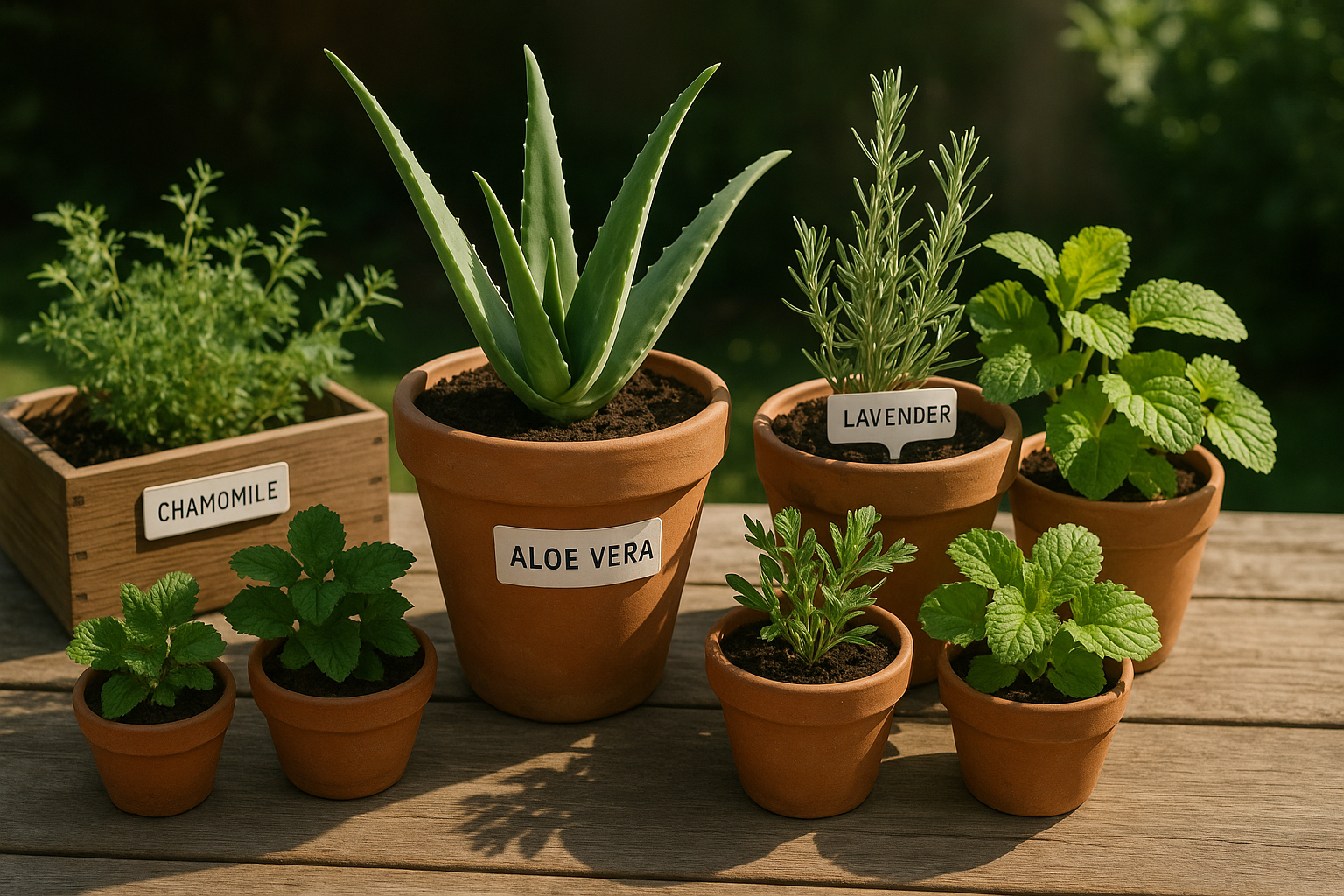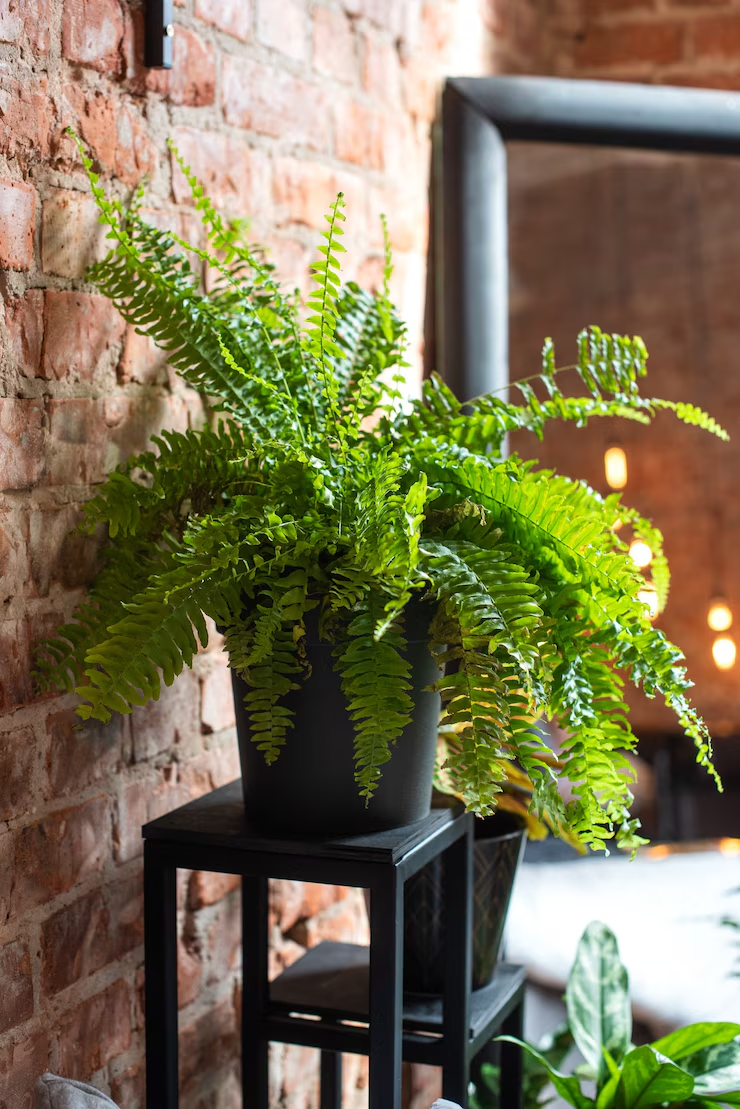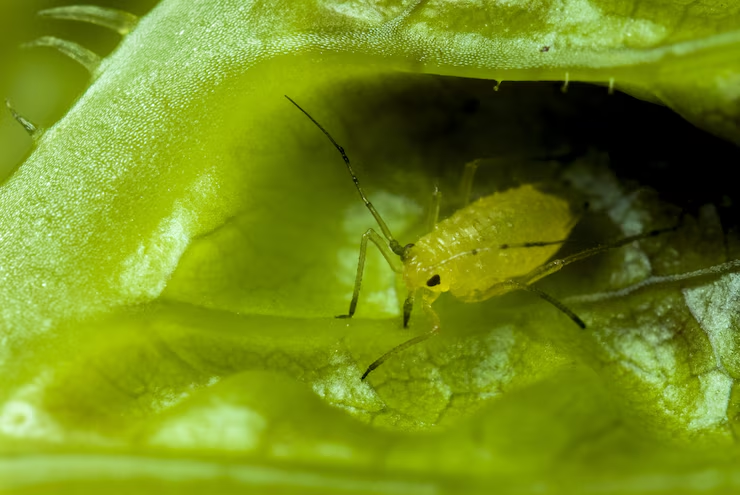Imagine plucking fresh basil for your pasta or mint for your tea — straight from your own home. A home herb garden isn’t just a trendy idea; it’s a practical, satisfying way to bring greenery into your kitchen and flavor into your meals.
Whether you live in a tiny apartment or a house with a sunny patio, you can grow fresh herbs indoors or out with just a few pots and the right care. This guide will walk you through the steps to start a thriving herb garden at home — even if you’ve never planted a seed before.
Why Grow Your Own Herbs?
Homegrown herbs are one of the easiest and most rewarding ways to start gardening. Here’s why:
- Freshness: Nothing beats the aroma and flavor of herbs harvested minutes before use.
- Cost-effective: Say goodbye to expensive, wilted herbs from the store.
- Convenient: Always within arm’s reach for cooking, teas, or even skincare.
- Space-friendly: You only need a windowsill, balcony, or sunny corner.
- Beautiful and fragrant: Herbs like rosemary, thyme, and basil also serve as lovely decor.
Step 1: Choose the Right Herbs
Start with herbs that are easy to grow and ones you actually use. Here are some great beginner-friendly options:
🌿 Best Herbs for Beginners:
- Basil: Loves warmth and sun. Great for pasta, pesto, and salads.
- Mint: Fast-growing and aromatic. Perfect for teas, desserts, and drinks.
- Parsley: Biennial, very easy to grow indoors. Great for garnishes and cooking.
- Thyme: Hardy and flavorful. Ideal for meat dishes and soups.
- Rosemary: Woody herb that thrives in containers. Great for roasts and breads.
- Chives: Mild onion flavor. Perfect for eggs, dips, and baked potatoes.
- Cilantro (Coriander): Quick-growing but short-lived. Essential in Latin and Asian cuisine.
- Oregano: Spreads easily and adds punch to sauces and pizza.
Tip: Start with 3–5 herbs to keep it manageable, especially indoors.
Step 2: Decide Where to Plant
You can grow herbs indoors, outdoors, or a bit of both.
🌞 Ideal conditions:
- At least 4–6 hours of sunlight per day (south-facing windows are best)
- Good air circulation (but avoid cold drafts)
- Temperatures between 60°F and 75°F (15°C to 24°C)
If you don’t have natural light, grow lights work beautifully — even for a countertop garden.
Step 3: Choose the Right Containers
Herbs do well in a variety of containers as long as they have drainage holes.
Best containers:
- Clay or terracotta pots (breathable and natural)
- Ceramic planters
- Window boxes for multiple herbs
- Hanging planters for trailing herbs like oregano
- Mason jars (with pebbles at the bottom for drainage)
Pro Tip: Label each herb with chalk sticks or cute markers so you always know what’s what!
Step 4: Use the Right Soil
Herbs prefer light, well-draining soil. Regular garden soil can be too heavy, especially in containers.
Best soil mix:
- A high-quality potting mix with added perlite or vermiculite for drainage
- You can also buy mixes labeled specifically for indoor herbs or vegetables
Step 5: Water with Care
Overwatering is a common mistake — especially for indoor herbs.
Watering tips:
- Water when the top inch of soil feels dry
- Avoid soggy soil — most herbs dislike “wet feet”
- Basil, parsley, and cilantro like more moisture
- Rosemary, thyme, and oregano prefer drier soil
Morning watering is ideal to avoid fungal issues and let the soil dry during the day.
Step 6: Harvest Properly
Harvesting herbs the right way encourages growth and prevents legginess.
How to harvest:
- Snip herbs with sharp scissors or pruners
- Always cut just above a set of leaves (not at the base)
- Never harvest more than one-third of the plant at a time
- Regular harvesting makes herbs fuller and bushier
Use what you trim right away — or dry/freeze for later!
Step 7: Feed Gently
Herbs don’t need much fertilizer, but occasional feeding helps, especially in containers.
- Use a liquid organic fertilizer every 4–6 weeks
- Dilute to half strength to avoid burning the roots
- Avoid overfeeding — herbs taste better when they aren’t over-fertilized
Herb Garden Styling Ideas
Make your herb garden a beautiful part of your home, not just a functional one!
- Use matching pots in a color scheme that suits your kitchen
- Hang herbs on a wall-mounted rack or rail system
- Arrange herbs in a tiered stand by a sunny window
- Paint or decorate your own terracotta pots
- Combine with small decor like candles, cutting boards, or vintage tins
Troubleshooting: Common Herb Problems
| Issue | Cause | Fix |
| Yellow leaves | Overwatering or poor drainage | Let soil dry, check drainage holes |
| Leggy stems | Not enough sunlight | Move to a sunnier spot or use grow lights |
| Leaf spots or mildew | Too much humidity or poor airflow | Space plants out and water in the morning |
| Weak flavor | Over-fertilizing | Reduce feeding and let herbs stress slightly for better taste |
Grow Flavor, Grow Joy
Starting a home herb garden is one of the easiest ways to bring life, beauty, and flavor into your home. With a little sun, care, and patience, you’ll be seasoning your meals with herbs you grew yourself — and there’s nothing more satisfying than that.
Whether you’re placing pots on a kitchen windowsill or building a dedicated herb shelf, your home garden will grow right along with your cooking skills.
